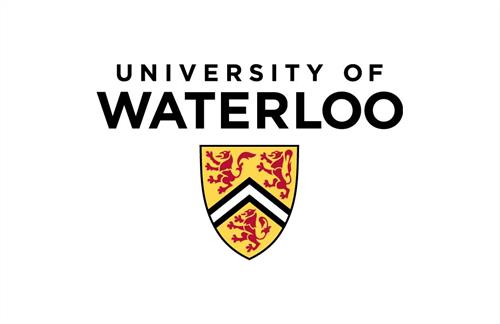
Artificial sweeteners in groundwater indicate contamination from septic systems
UNIVERSITY OF WATERLOO
The presence of artificial sweeteners in rural groundwater shows evidence for contamination by local septic system wastewater, researchers from the University of Waterloo have found.
The study, which appears in the Journal of Environmental Quality, describes how the researchers tested private, rural groundwater wells in the Nottawasaga River Watershed for four artificial sweeteners as a way to detect groundwater impacted by human wastewater being released by septic systems in the area.
Artificial sweeteners are ideal human wastewater tracers as they exit the human body essentially unchanged and are not completely removed by most wastewater treatment processes. Human wastewater contains relatively high concentrations of artificial sweeteners.
"Although the four artificial sweeteners we measured are all approved for human consumption by Health Canada, it is the other septic contaminants that might also be present in the water that could pose a health risk," said John Spoelstra, first author on the study and an adjunct professor in earth and environmental sciences at Waterloo. "As for groundwater entering rivers and lakes, the effect of artificial sweeteners on most aquatic organisms is unknown."
Among other contaminants, septic effluent can contain bacteria such as E. coli, viruses, pharmaceuticals, personal care products and elevated levels of nitrate and ammonium.
In conducting the study, the researchers found that more than 30 per cent of samples analyzed from 59 private wells show detectable levels of at least one of four artificial sweeteners, indicating the presence of human wastewater. Estimates reveal between 3 and 13 per cent of wells could contain at least 1 per cent septic effluent.
The team also tested groundwater seeping out of the banks of the Nottawasaga River and found 32 per cent of their samples tested positive for sweeteners. Again, this indicates that some of the groundwater entering the Nottawasaga River has been affected by septic system effluent.
Septic tank systems are commonly used in rural areas where homes are not connected to a municipal sewer system. The system provides primary treatment by removing solids before the effluent is discharged to a septic drain field where further treatment occurs.
Previous studies by the same group revealed the presence of artificial sweeteners in the Grand River as well as in treated drinking water sourced from the river.
"We were not really surprised by the most recent results given what we've found in past studies," said Spoelstra, also a Research Scientist with Environment and Climate Change Canada. "Septic systems are designed to discharge effluent to groundwater as part of the wastewater treatment process. Therefore, contamination of the shallow groundwater is a common problem when it comes to septic systems."
###
The Nottawasaga River Watershed in Southern Ontario is located just west of Lake Simcoe, approximately 50 km north of Toronto.
Other authors on the paper include former Master's student Natalie Senger and Prof. Sherry Schiff, both from the Department of Earth and Environmental Sciences at the University of Waterloo.
Funding for the study was provided by Environment and Climate Change Canada, the Ontario Ministry of Agriculture, Food and Rural Affairs, and the Natural Sciences and Engineering Research Council.
